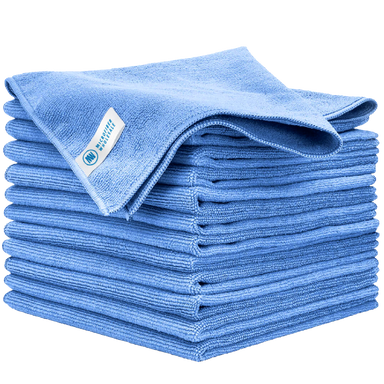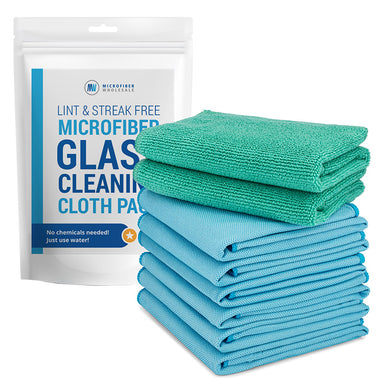Use Pro-Grade Grout Cleaning Tools & Techniques
To get the best results, you need more than elbow grease; you need the right tools. Here’s what seasoned pros use for faster, deeper grout restoration:
Steam Cleaners: Deep Cleaning Without the Chemicals
Steam cleaners are a must-have in any pro’s grout-cleaning arsenal. Using superheated vapor (typically over 200°F), these machines blast away years of embedded grime, mildew, and bacteria, without relying on harsh chemicals that can irritate clients or damage tile finishes.
They're especially valuable in environments where ventilation is limited or where clients have sensitivities to strong odors.
For maximum impact:
-
-
- Use a detail nozzle attachment to concentrate steam directly into the grout lines.
- Pair with a microfiber cloth attachment to lift loosened debris instantly.
- Work in small sections to ensure consistent results and prevent residue from resettling.
Steam is particularly effective in tile showers, bathroom floors, and commercial kitchens, where moisture and organic buildup are common. Plus, it sanitizes as it cleans, an added selling point for clients who prioritize hygiene.
Grout Brushes with Stiff Bristles: Precision Scrubbing for Better Results
Forget general-purpose scrubbers. When it comes to grout, specialized grout brushes with stiff, angled bristles make a noticeable difference.
These tools are designed to dig into narrow grout lines without scratching adjacent tile surfaces, providing deeper, more efficient agitation.
Look for:
-
-
-
Ergonomic handles that reduce hand fatigue during long jobs.
-
V-shaped or tapered bristles that fit into tight spaces and corners.
-
Durable, chemical-resistant materials that hold up to repeated use with strong cleaners.

















